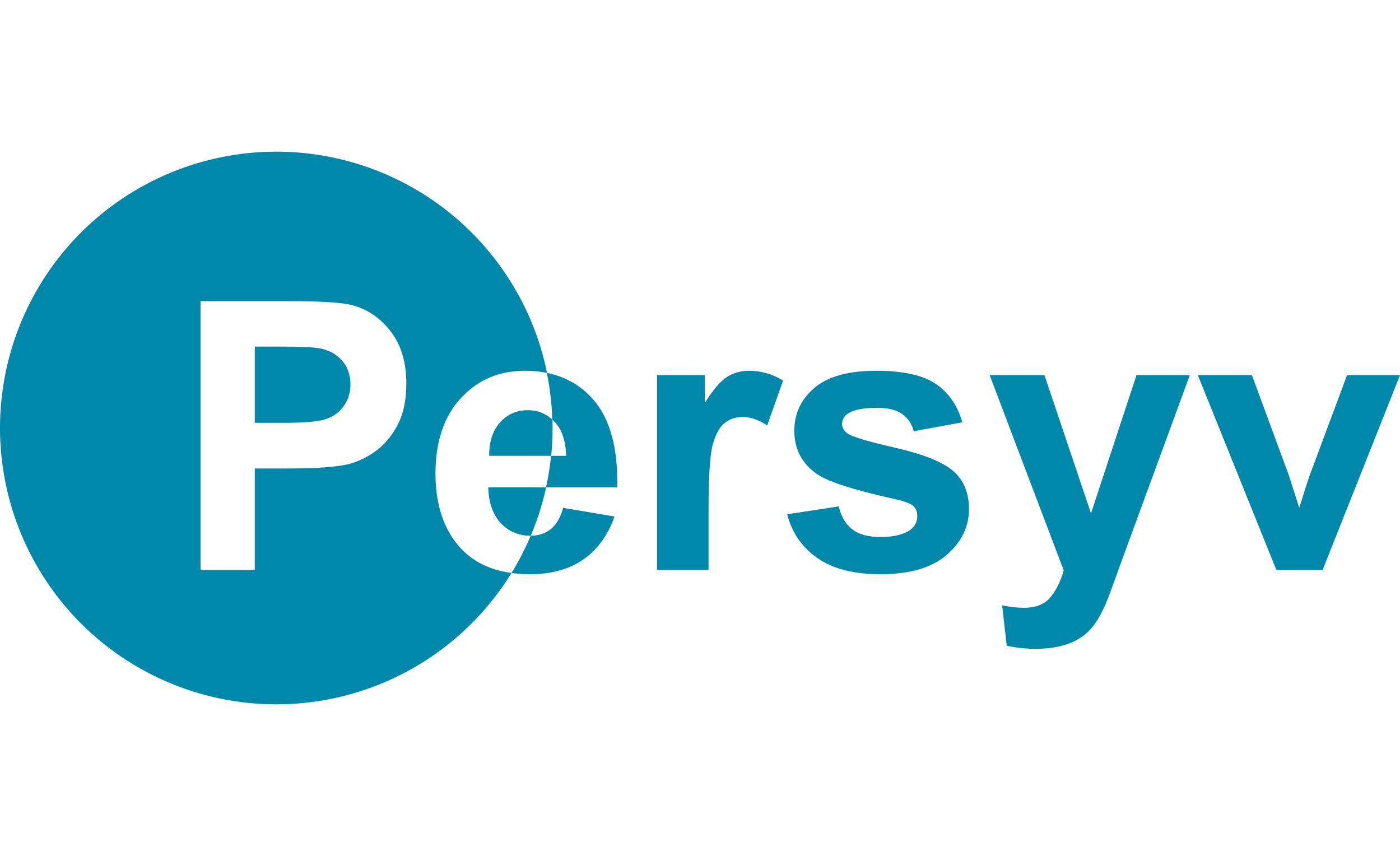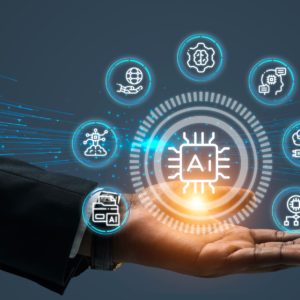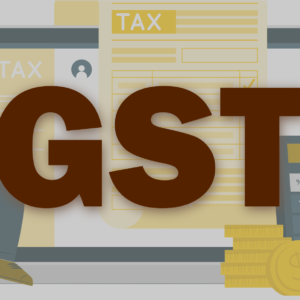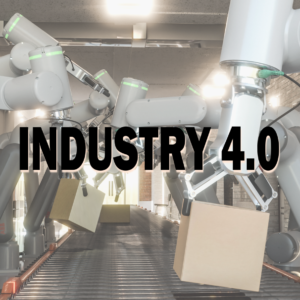
Technical education in India has long been regarded as a cornerstone for the country’s economic and industrial development. However, the sector faces numerous challenges that hinder its ability to produce a workforce equipped with the skills demanded by the rapidly evolving industries. This article delves into the issues surrounding Indian technical education and the subsequent ramifications on the industrial landscape.
- Outdated Curriculum: One of the primary issues plaguing Indian technical education is the outdated curriculum. Many institutions struggle to keep pace with technological advancements, leading to a significant gap between what is taught and what the industry requires. This mismatch leaves graduates unprepared to tackle real-world challenges, contributing to a skills deficit in the job market.
- Lack of Practical Exposure: Theoretical knowledge alone is insufficient in today’s competitive job market. Unfortunately, many technical institutions in India lack adequate facilities and resources for hands-on learning experiences. The absence of practical exposure hampers students’ ability to apply theoretical concepts in real-world scenarios, hindering their overall skill development.
- Insufficient Industry Collaboration: Limited collaboration between educational institutions and industries is a major hurdle. The lack of partnerships results in a disconnect between academia and industry, preventing the integration of industry-relevant practices into the curriculum. This gap makes it difficult for graduates to seamlessly transition into the workforce.
- Quality of Faculty: The quality of faculty in technical institutions varies widely. While some institutions boast experienced and highly qualified faculty, others struggle with a shortage of skilled educators. This inconsistency affects the overall learning experience and diminishes the quality of education provided.
- Inadequate Infrastructure: Many technical institutions in India grapple with inadequate infrastructure, ranging from outdated laboratories to a lack of modern technology. This not only hinders the practical learning experience but also affects the overall learning environment, making it challenging for students to stay abreast of industry standards.
Impact on Industry:
- Skill Gap: The skill gap in the Indian technical education system is a critical issue that significantly affects the employability of graduates in the job market. Despite completing their education, many students find themselves inadequately equipped with the practical skills and industry-specific knowledge required by employers. This gap arises from the discrepancy between the curriculum taught in educational institutions and the rapidly evolving demands of the industries. As a result, graduates often face challenges in meeting the expectations of employers, leading to a scenario where available skills do not align with the needs of the job market.
This mismatch has broader implications for various sectors, contributing to a labor force that may struggle to adapt to emerging technologies and industry trends. The skill gap not only hampers individual career prospects but also impedes the overall growth and competitiveness of industries, as companies find it challenging to recruit talent capable of driving innovation and meeting the evolving demands of the global market. Addressing the skill gap is imperative for enhancing the employability of graduates and ensuring that the technical education system aligns more closely with the dynamic requirements of the ever-changing industrial landscape.
- Reduced Competitiveness: The reduced competitiveness stemming from the skill gap exacerbates challenges for Indian industries in the global market. As companies worldwide embrace advanced technologies and innovation, the inability of the Indian workforce to meet international standards places the nation at a disadvantage. The skill gap not only impacts the efficiency of production but also limits the capacity for industries to deliver high-quality, cutting-edge solutions. This diminished competitiveness can result in reduced market share, missed opportunities for collaboration, and a weakened position in the global economic landscape. To enhance competitiveness, addressing the skill gap is crucial, ensuring that the workforce is not only well-educated but also possesses the practical skills needed to contribute meaningfully to a globally competitive industry.
- Increased Training Costs: The skill gap places an additional burden on industries, compelling them to invest substantially in training programs for new hires. Companies often find themselves allocating significant resources to bridge the divide between the theoretical knowledge acquired by graduates and the specific skills required for the job. These training initiatives incur both financial and time-related costs, impacting operational efficiency. Moreover, the prolonged onboarding process delays the full productivity of employees, affecting overall workforce effectiveness. As industries grapple with the need for extensive training, addressing the skill gap becomes essential to reduce these associated costs and streamline the integration of skilled professionals into the workforce.
Addressing the Skill Gap:
Implementing the following solutions collectively can bring about a transformative change in the Indian technical education landscape, reducing the skill gap and better aligning graduates with the requirements of the dynamic and competitive industrial sector:
- Curriculum Relevance and Regular Updates: To mitigate the skill gap, it’s crucial to revamp technical education curricula regularly. Institutions should collaborate closely with industries to identify emerging trends and technologies, incorporating them into the coursework. This ensures that graduates possess up-to-date skills aligned with the dynamic needs of the job market.
- Industry-Academia Collaboration: Encouraging stronger ties between educational institutions and industries is paramount. Establishing partnerships, joint research projects, and internships can provide students with real-world exposure. Industry professionals can also contribute to curriculum development, bridging the gap between academic theory and practical application.
- Enhanced Practical Learning: Technical education must emphasize hands-on, practical learning experiences. Investing in state-of-the-art laboratories and technology-rich environments enables students to apply theoretical knowledge in simulated workplace scenarios. Practical exposure enhances problem-solving abilities and ensures a smoother transition from academia to industry.
- Faculty Development Programs: Institutions should prioritize faculty development programs to keep educators abreast of industry trends. Continuous training for faculty members ensures they can effectively impart relevant knowledge to students, aligning teaching methodologies with the evolving demands of the job market.
- Skill Certification Programs: Introducing industry-recognized certification programs within the curriculum can validate students’ practical skills. These certifications, endorsed by relevant industries, add value to a graduate’s profile, making them more appealing to employers seeking candidates with specific skill sets.
- Technology Infrastructure Upgrades: Ensuring that technical institutions have modern infrastructure and technology is crucial. This includes well-equipped laboratories, access to the latest software, and interactive learning tools. Upgrading infrastructure enhances the overall learning experience and prepares students for the technological demands of their future careers.
- Incentivizing Research and Innovation: Encouraging research and innovation within educational institutions fosters a culture of continuous learning. Students engage with cutting-edge technologies, contributing to advancements in their respective fields. This proactive approach helps close the gap between educational theory and the practical needs of industries.
Addressing the challenges in Indian technical education is crucial for fostering a skilled workforce that can drive innovation and contribute to industrial growth. Reforms in curriculum design, enhanced industry collaboration, improved infrastructure, and a focus on practical learning experiences are essential to bridge the gap between education and industry requirements. Only through comprehensive changes can India’s technical education system truly support the evolving needs of the dynamic industrial landscape.
Image credit: Image by pch.vector on Freepik






